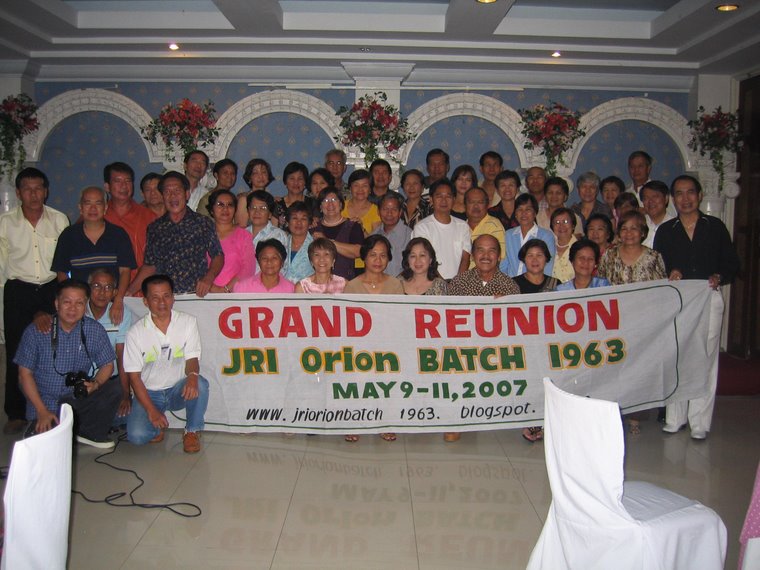By Maricar Cinco
Inquirer Southern Luzon
First Posted 03:34:00 06/19/2009
CALAMBA CITY –
The house of National Hero Jose Rizal has been getting pained attention since it was painted green last month.
In text messages, e-mails and phone calls, residents based in the city, other provinces and abroad have expressed “shock” and “horror” over the new color of the bahay na bato.
“We don’t like it,” declared Linda Lazaro, a school teacher in her 70s and a member of the Rizal Day committee for the past 15 years.
“The house symbolizes Rizal and [the paint job] is an insult to his memory,” she said.
The house, now a shrine, was reconstructed in the 1950s using the 25-centavo contributions of students in a number of schools. It has stood for decades in dirty gray.
The National Historical Institute (NHI) had the house painted in a light shade of green. The interiors were painted yellow and the ceiling blue.
“Even the well in front of the house was painted green,” lamented Lazaro, who claims to be a member of the clan through the wife of Rizal’s brother Paciano.
‘Flimsy’ reason
In his column in the Philippine Daily Inquirer on June 3, NHI Chair Ambeth Ocampo explained that the reason for painting Rizal’s house green was to “highlight, and inform visitors of, the meaning of his surname.”
The surname Rizal is rooted in the Spanish word “ricial,” which means a green field ready for harvest, Ocampo said.
But a resident of Calamba, who preferred not to be named, said: “It does not follow that your house should be painted according to the meaning of your surname.”
Neither was Lazaro impressed. “It’s a flimsy reason,” she said. “It doesn’t hold water.”
She said a running joke had the city residents talking about their surnames and how their houses should be painted.
“If our last name is Guinto, should our house be painted in gold?” she recalled one sarcastic remark she had heard.
To address the violent reactions, the shrine curator has put up a tarpaulin bearing an explanation why the house was painted green.
‘Embarrassing’
The staff of the Rizal shrine welcomes visitors, mostly people on educational trips, especially during weekends. Occasionally, the visitors number about 10 batches in a day.
“That’s all we have here in Calamba, and we’ve lost our symbol,” Lazaro said in expressing worry over losing the city’s main historical and tourist attraction.
She said a British guest recently came to see the house and was “horrified” by its color.
“It’s embarrassing,” she said. “We are having a hard time explaining to [guests] why it is green.”
Lazaro said it was different in the pre-green days: “Children would turn quiet upon entering the house. There was a certain ambiance and romance, it being an old house.”
She said this was contrary to a reaction from another recent guest who referred to the shrine as “a toy house.”
Another resident said Rizal’s house now looked “like a cake.”
Lazaro said teachers on a tour of Calamba were “angry that they lost credibility before their students” in showing the national hero’s supposed representation of home.
Doctor Virgilio Lasaga, tourism officer of Calamba, said his office had likewise been receiving negative feedback on the paint job.
‘Disco house’
“We are being blamed [for turning Rizal’s house green],” Lazaro said.
She said she had been avoiding the market because people there kept asking her why the shrine was painted that way.
According to Lazaro, an old female resident of Calamba even wept over the change, and teenagers have started referring to the shrine as “a disco house with neon colors.”
In a text message, a concerned individual said in Filipino: “I did not expect the painting of the bahay na bato. If we solicit funds for its repainting, I am sure many will be open-handed.”
But Lazaro said it would be too late to repaint the house in time for Rizal’s birth anniversary today.
She said the residents were also of two minds over whether there should be a celebration. Lest We Forget
HOMEMADE TIKOY!!!
12 years ago



















No comments:
Post a Comment